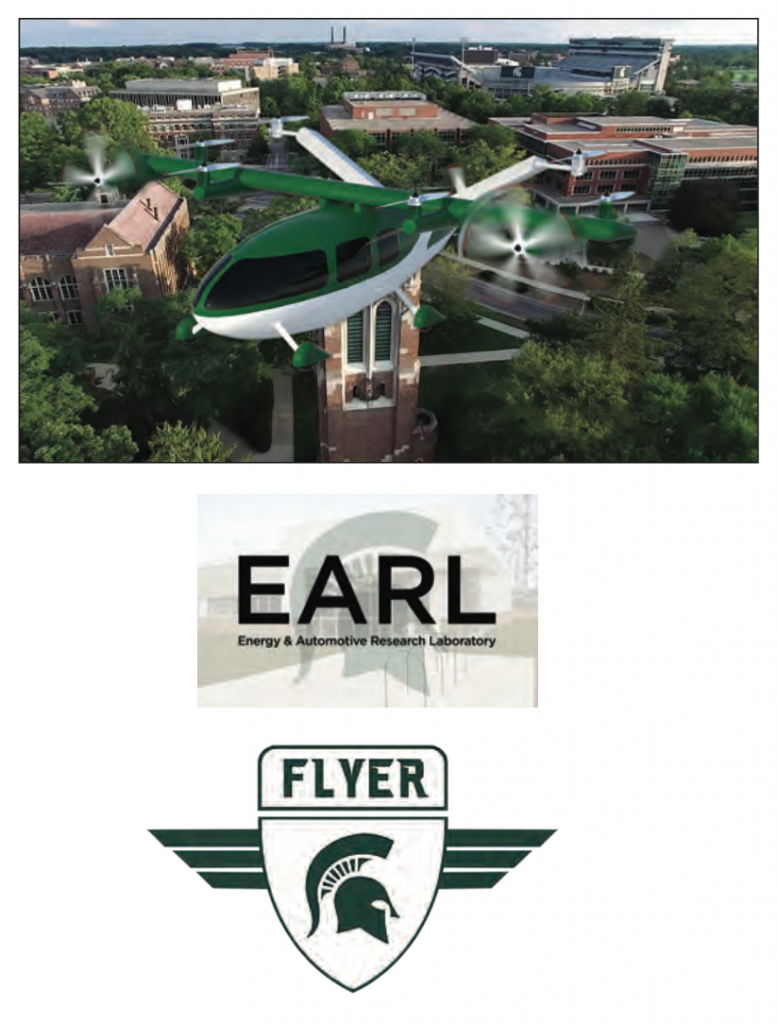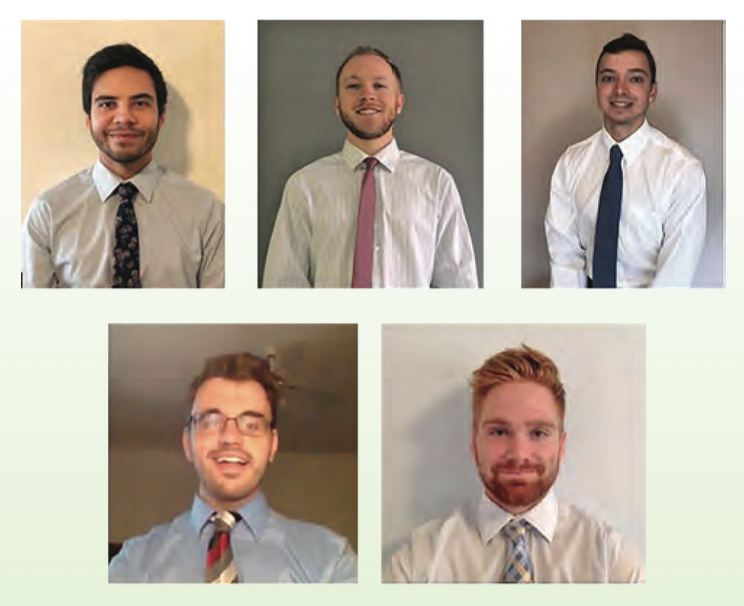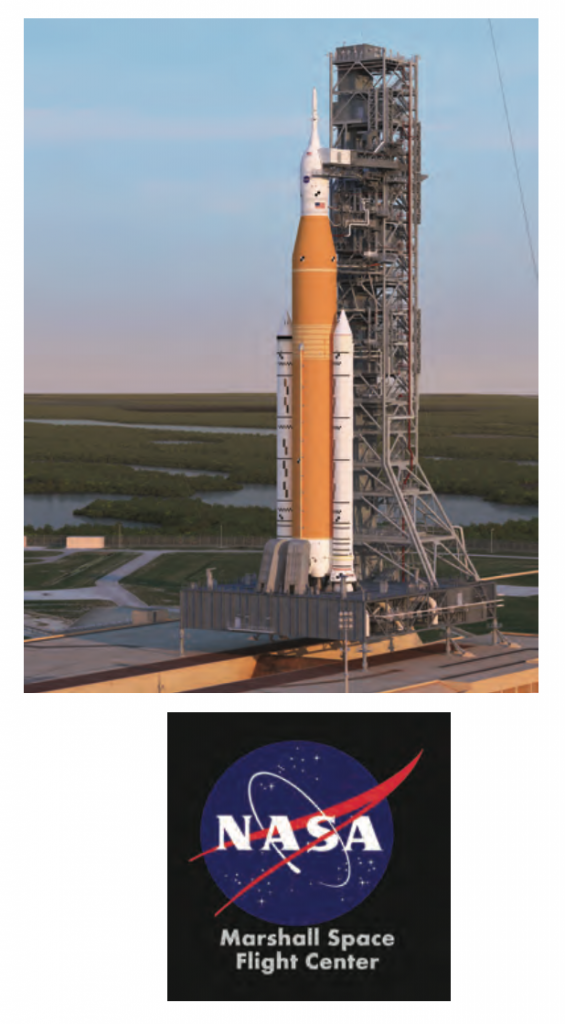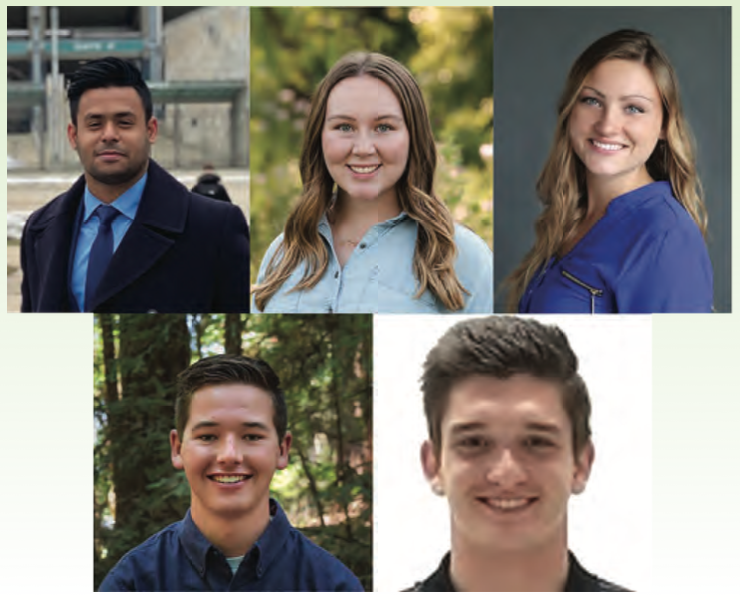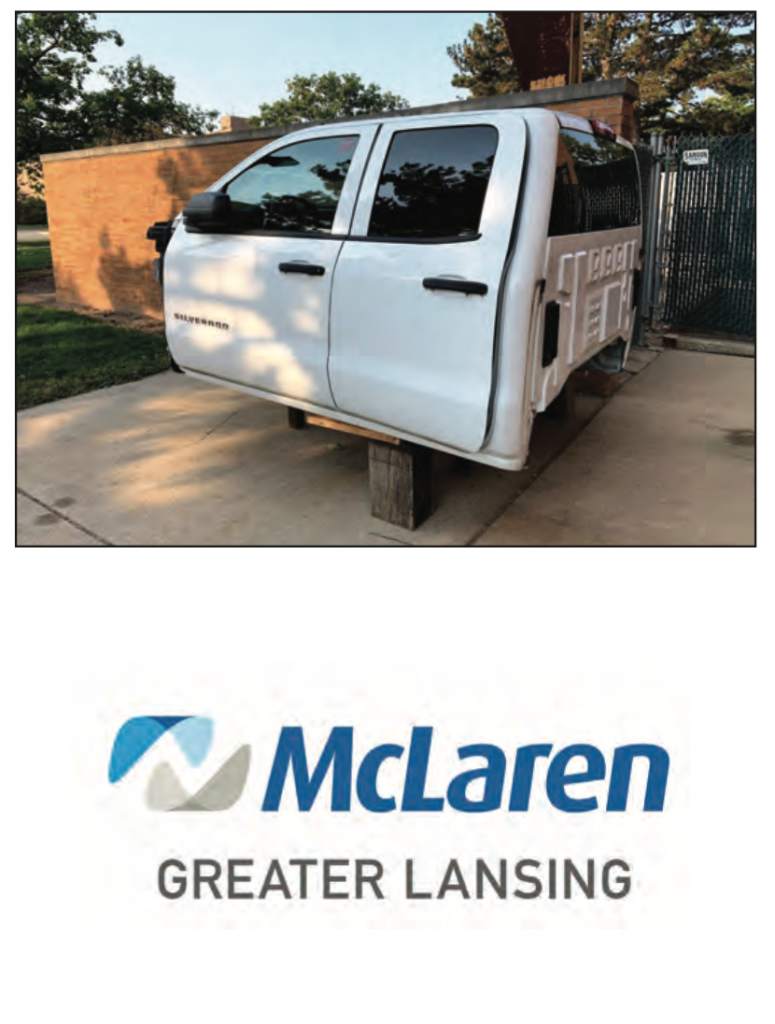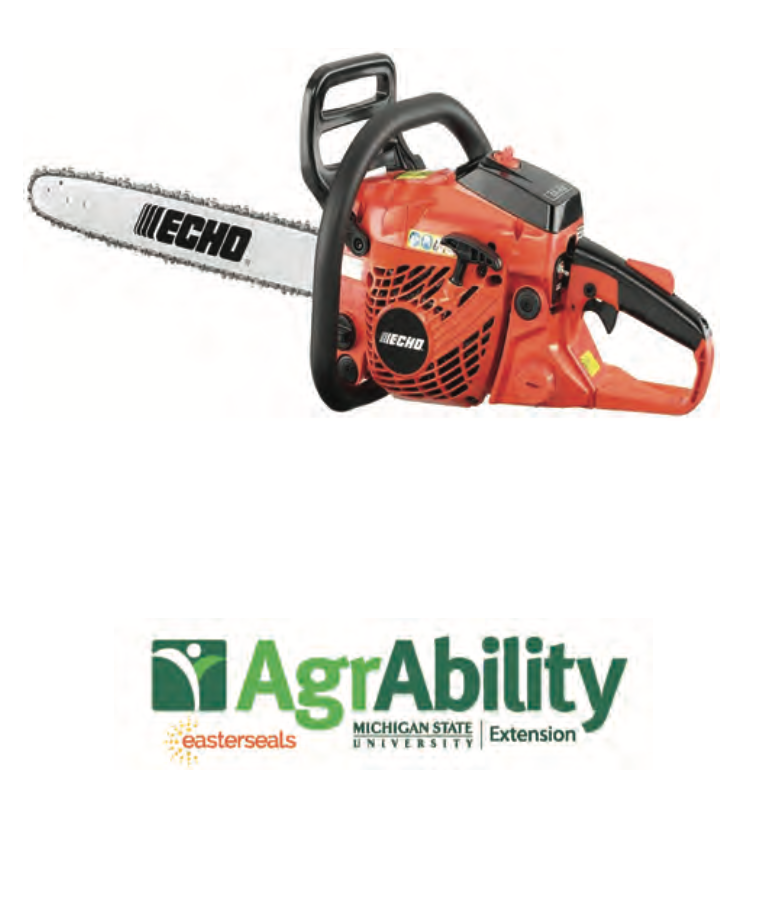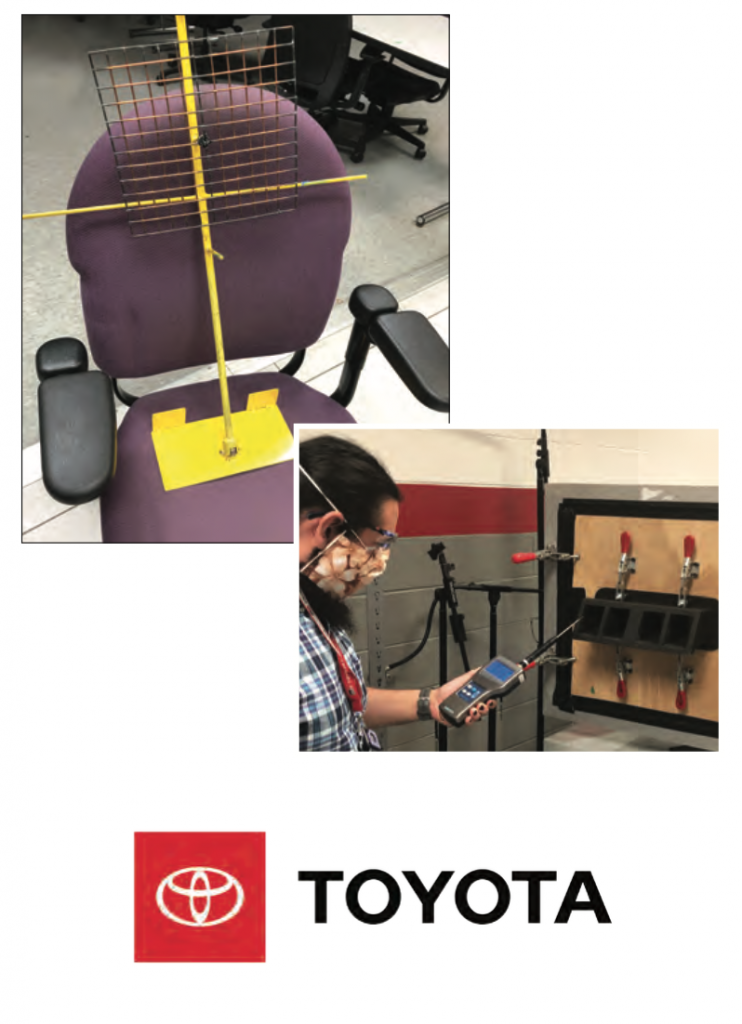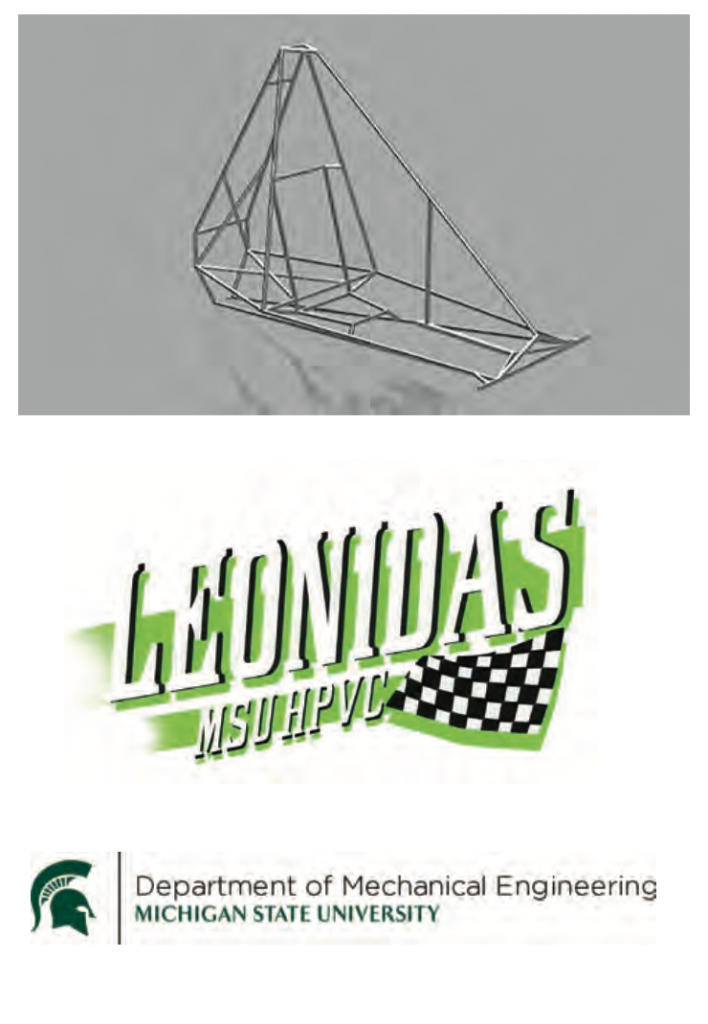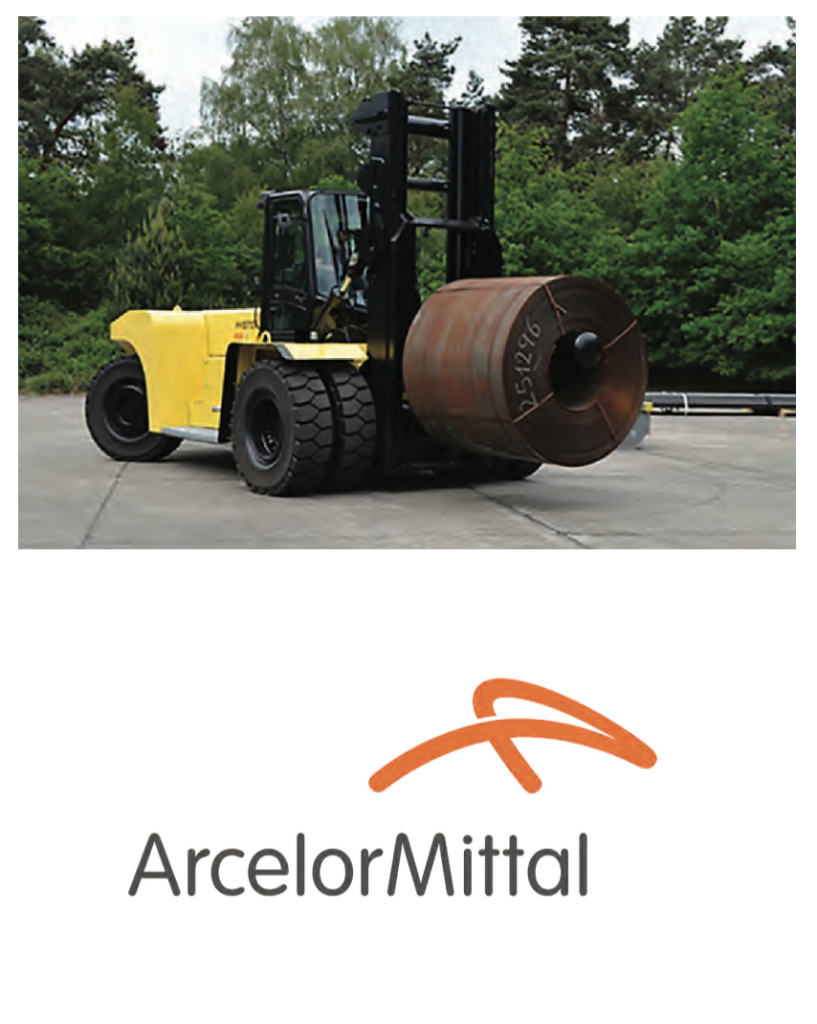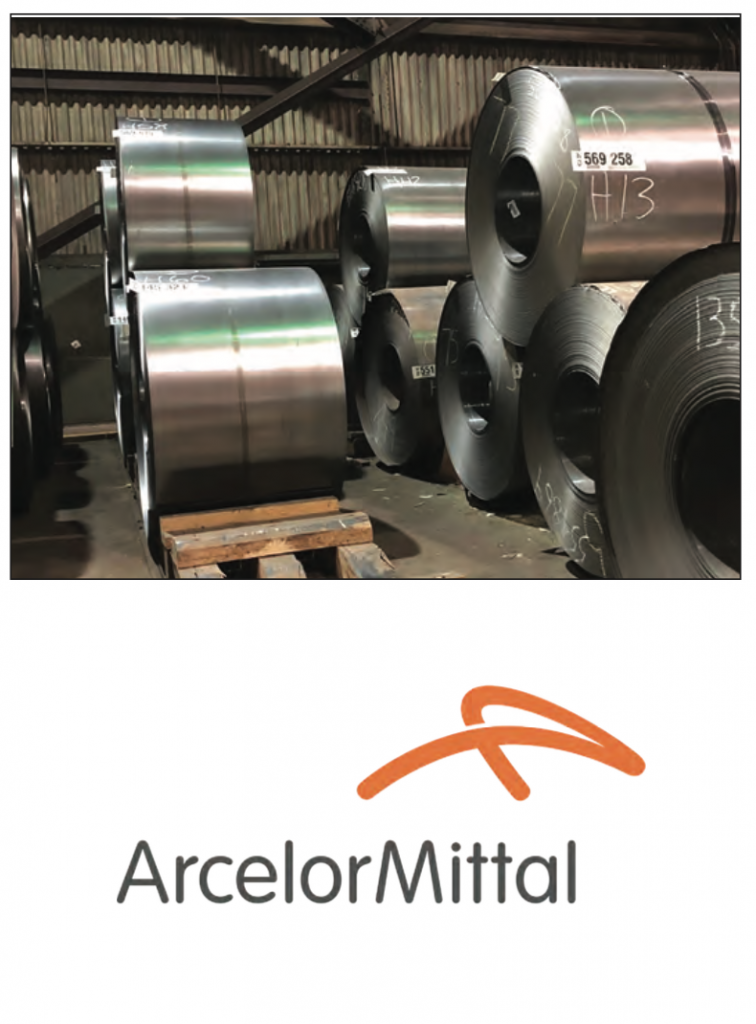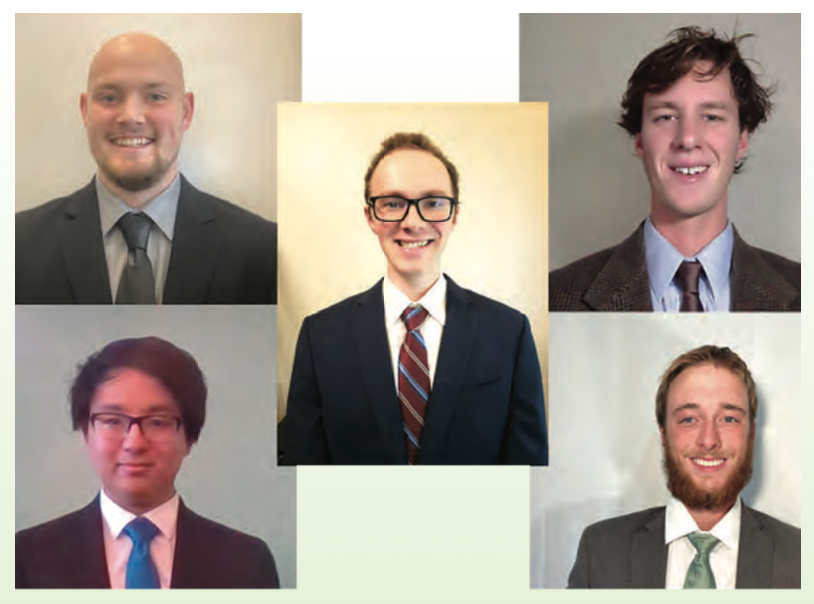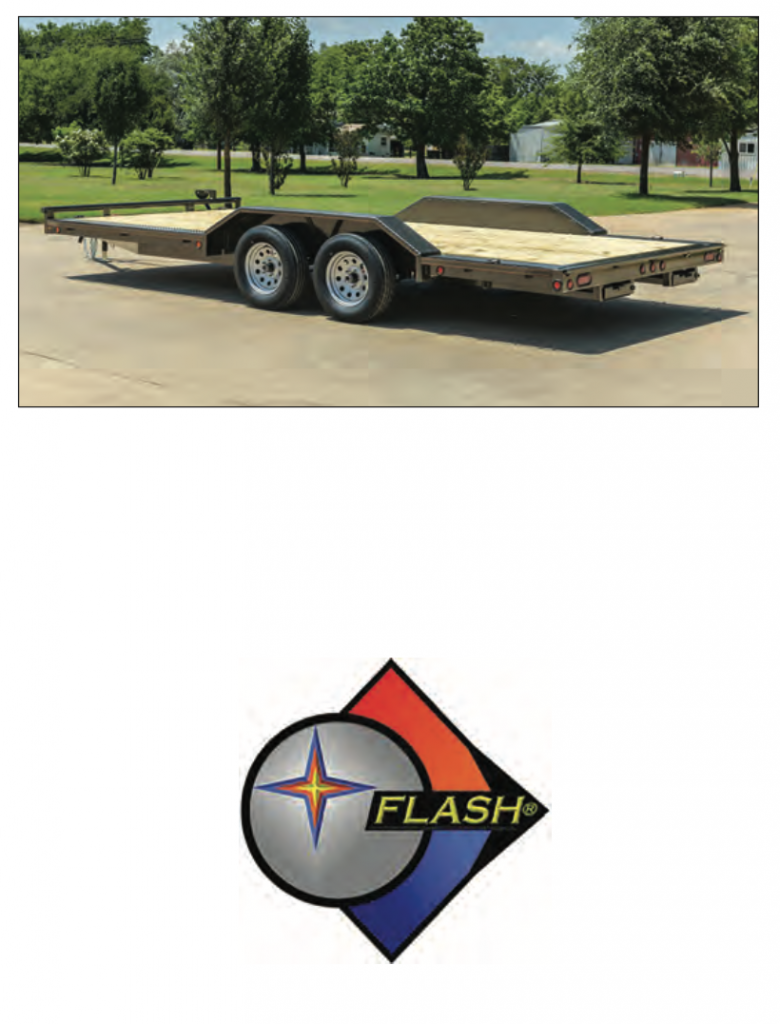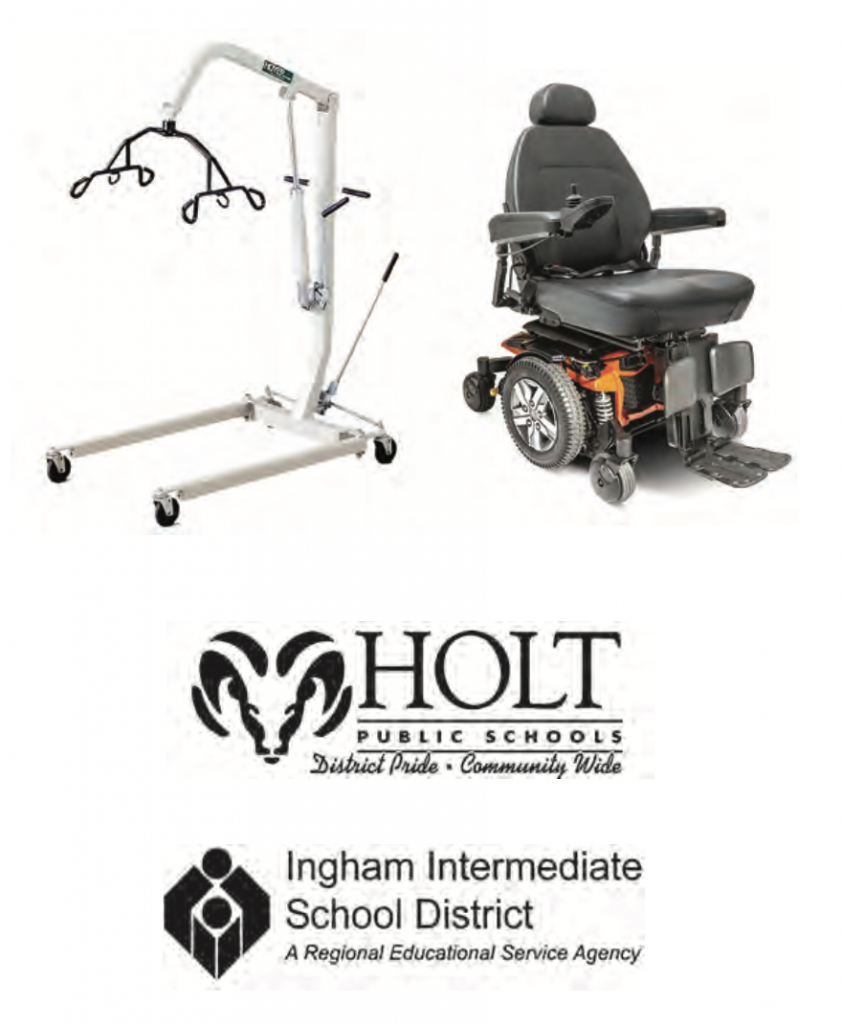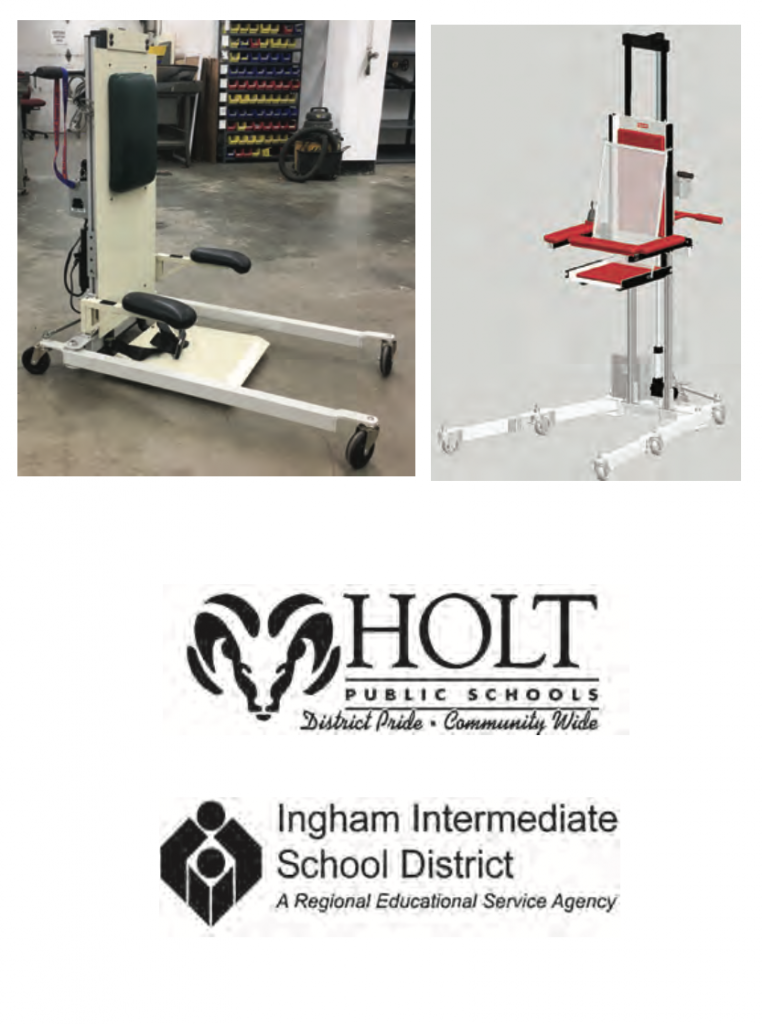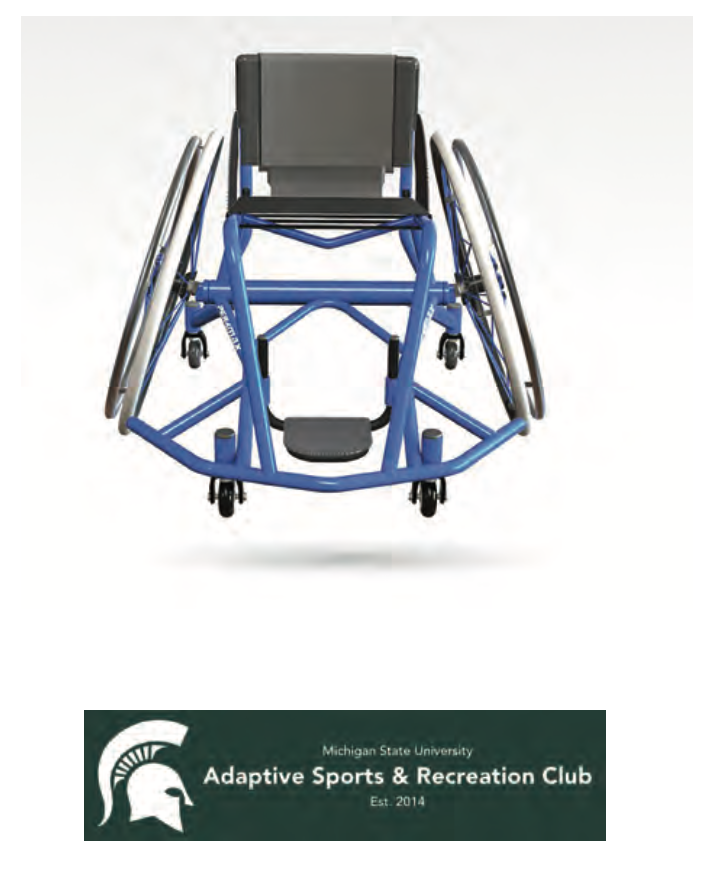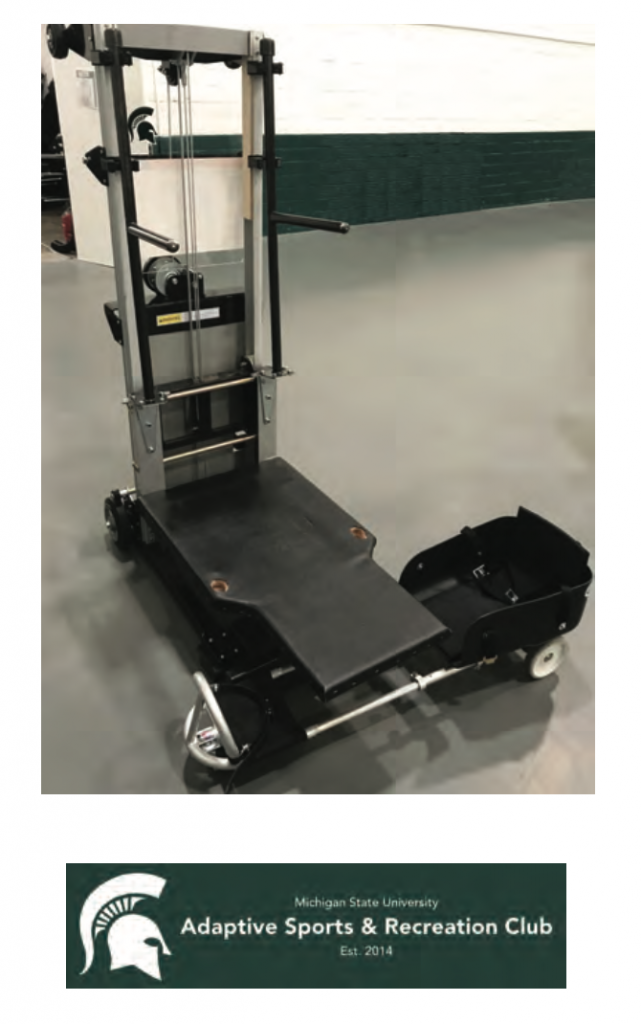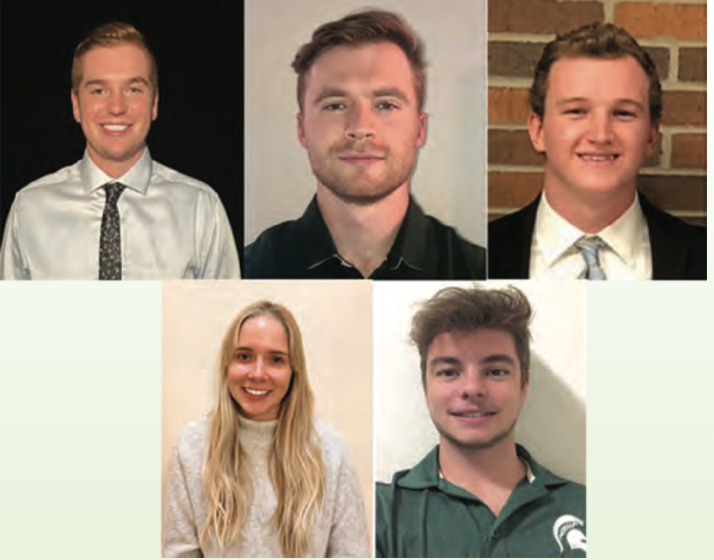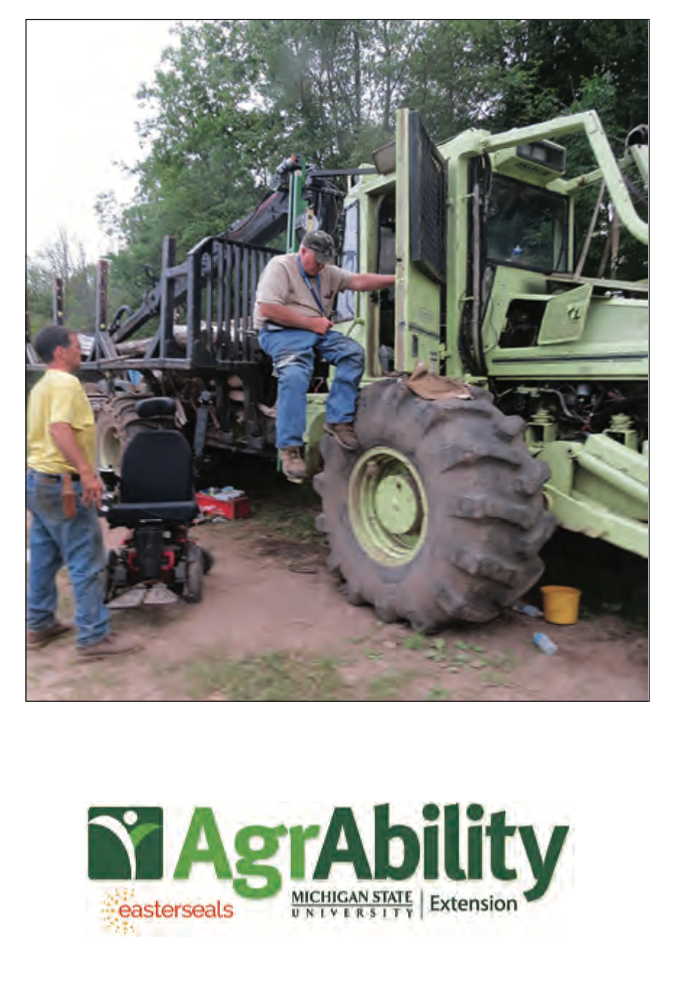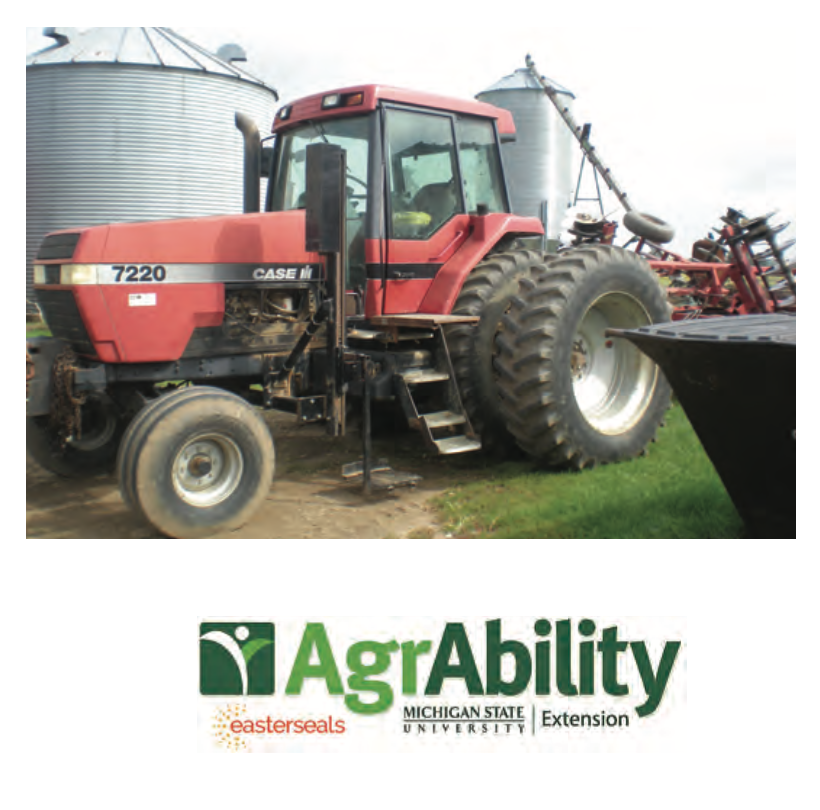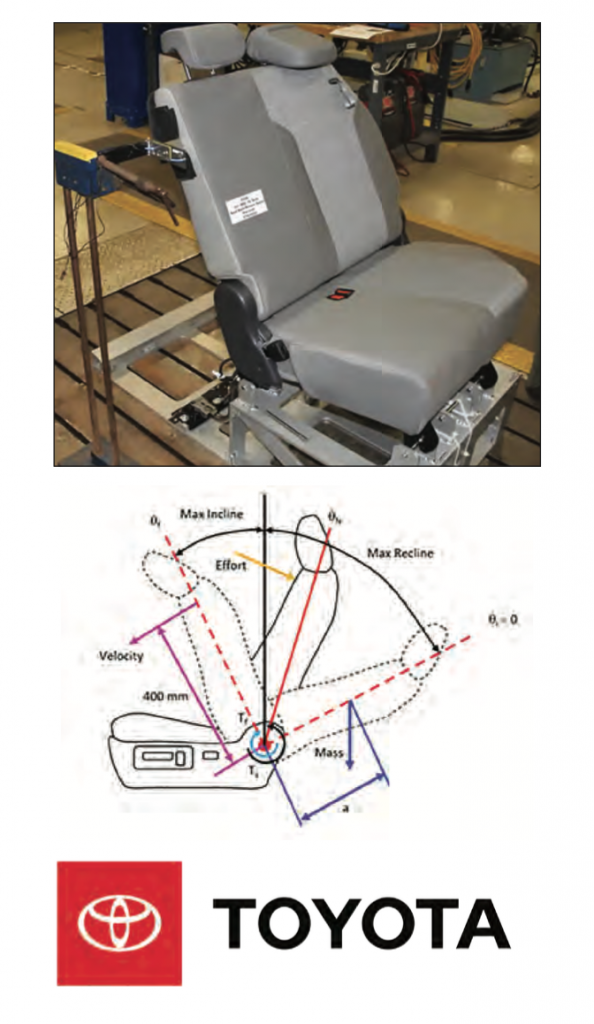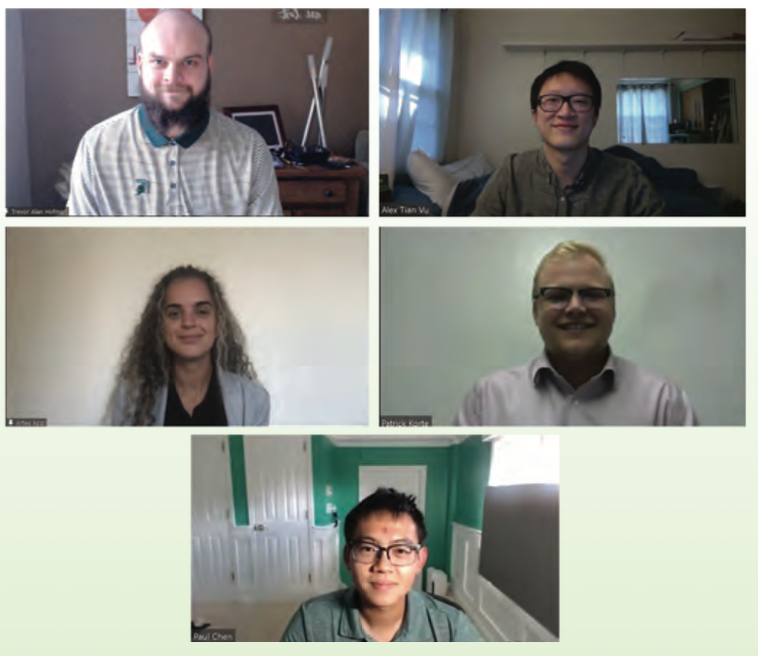Energy and Automotive Research Laboratory: Hybrid Powertrain for VTOL Aviation
Heartwood School/Ingham ISD: Revision of Therapeutic Mechanical Pony
NASA Marshall Space Flight Center: Portable Tensile Testing for Thermal Protection Systems
McLaren Greater Lansing: Rehab Gym Adjustable Car
Michigan AgrAbility: Pull Cord Foot Starter
MSU Department of Mechanical Engineering: E-Bike Dynamometer
Toyota Motor North America: Automated Velocity Grid Measurement Tool
Walraven Solutions, LLC: Automated Climbing Device
MSU Department of Mechanical Engineering: HPVC Bike Frame Truss
MSU Department of Mechanical Engineering: HPVC Drivetrain Design and Build
ArcelorMittal: Proximity Alert System
ArcelorMittal: Steel Coil Storage Racks
Flash Steelworks, Inc.: Lightweight Steel Utility Trailer
Flash Steelworks, Inc.: Flash Tubing Lightweight Steel Utility Trailer Design
Holt Public Schools/Ingham ISD: Lift Device Design
Holt Public Schools/Ingham ISD: Zeke Lifting Device
MSU Adaptive Sports and Recreation Club: Inclusive Wheelchair Design
MSU Adaptive Sports and Recreation Club: Sled Hockey Transfer Platform
Michigan AgrAbility: Manlift Swing Arm
Michigan AgrAbility Manlift Swing Arm
The Ultimax Group, Inc.: Geoengineering for Mitigating Climate Change
Toyota Motor North America: Automotive Seat Back Performance Model
Energy and Automotive Research Laboratory: Hybrid Powertrain for VTOL Aviation
Vehicular congestion is a significant problem in almost every major city in the United States. Commuters who work within major cities lose over 100 hours on average annually due to traffic-based congestion. One solution being extensively explored across the transportation industry is a vertical takeoff and landing vehicle (VTOL). These vehicles not only address congestion but also serve as a means of reducing noise and air pollution. Many concepts and prototypes currently in development are focused on electric systems, aligning with the transformation of the automotive industry. Dr. Harold Schock, Director of the Energy and Automotive Research Lab, acknowledges the potential of the VTOL in the coming years, but believes that an all-electric power plant greatly limits both market expansion and performance. Until the energy density improves dramatically within batteries, the potential for these vehicles is far greater when utilizing combustion engines.
To better showcase the untapped potential of the VTOL, our team, together with Dr. Schock, developed a VTOL design utilizing a hybrid power plant. The design features a combination of components inspired by VTOLs on the market, as well as small passenger aircrafts. The power plant packaged within this vehicle aims to minimize the weight of the electric power supply, while maximizing both the propulsion performance and energy capacity. It does so using lithium- ion batteries, axial flux electric motors, and a combustion engine featuring Jetfire ignition technology. The unique hybrid powertrain design provides an efficient and robust foundation for future VTOL aircraft.
Heartwood School/Ingham ISD: Revision of Therapeutic Mechanical Pony
Heartwood School is a local school for children with moderate to severe cognitive & physical impairments and autism spectrum disorders, with ages ranging from 3-26 years old. Heartwood School has its own specialized curriculum, with one aspect of it incorporating the MOVE program. MOVE is an activity-based program that combines the individual’s present abilities along with instructional process during motivational activity. The goal is to help improve the mobility skills of sitting, standing, walking, and transitioning. One approach to develop motor skills in a fun and engaging way is through therapeutic horseback riding known as hippotherapy. Hippotherapy has been shown to have a great impact on improving motor skills; however, with many students it is impractical for each to have time with a real horse. Thus, Heartwood has proposed a mechanical pony to be designed to simulate horseback riding. The project began in the Spring of 2017 and has gone through revisions in 2019 and 2020.
Our team was tasked to complete and improve upon the current mechanical components. The main areas of concern were safety, functionality, and reliability. Being a device intended use for by children, and designing for safe unintended use played a large role. Also, the ability for the pony to be easily maintained, repaired, and portable was desired to ease troubles for school staff. Testing regimens developed by previous teams helped address areas of concern and future improvements.
NASA Marshall Space Flight Center: Portable Tensile Testing for Thermal Protection Systems
The National Aeronautics and Space Administration (NASA) is a U.S. government agency in charge of science and technology related to air and space exploration. NASA’s Space Launch System (SLS) uses foam insulation for thermal protection. To ensure the Thermal Protection System (TPS) meets vehicle requirements, portable tensile testing of the TPS is performed on witness panels or on flight hardware. The portable tensile testing is performed using a plug-pull machine. These plug pullers are heritage tools from NASA’s External Tank project from the Space Shuttle Program. Because the current plug-pull machine was developed several decades ago, an issue of outdated technology and irreplaceable parts has arisen.
Our team focused on designing and prototyping a new plug-pull machine with updated electrical and mechanical components to create a new generation of plug pullers using current technologies and readily available parts. The newly developed plug-pull machine must be easily portable, battery powered, able to export test data via USB, and be more ergonomic than its predecessor. Furthermore, this device needs to seamlessly replace the current plug-pull machine and match the pulling force on the tab as well as the reaction force created by the machine.
McLaren Greater Lansing: Rehab Gym Adjustable Car
McLaren Greater Lansing, an acute care hospital split between two campuses in Lansing, is in the process of building a new hospital facility adjacent to Michigan State University. This new facility will feature a rehabilitation gym used for occupational therapy services to help patients achieve the highest level of independence possible with everyday tasks. Ideally, this is done in a way that accurately and realistically represents tasks patients will face outside of a hospital setting. An aspect of the rehabilitation gym that McLaren would like to improve is the simulation of entering and exiting a vehicle to better prepare patients for this action with their own vehicle, regardless of height. A height adjustable simulator would assist patients in gaining the necessary skills and knowledge in their practice sessions for a successful transfer upon discharge.
The goal of this project was to design and assemble a car transfer simulator that could be raised or lowered to different standard car heights. We accomplished this by designing a mounting mechanism for a truck cab that was donated to the hospital for attachment to a hydraulic lift. The team researched and purchased a lift that would properly support the donated truck cab, mounting mechanism, and patient according to the listed weight capacity. To account for other safety concerns, emergency supports were made in the case of lift failure, and pinch points were reduced across the simulator. The cab was mounted with these safety considerations and delivered to the hospital for installation.
Michigan AgrAbility: Pull Cord Foot Starter
Michigan AgrArbility provides assistance to those in the agricultural industry with an injury, illness, or disability, enabling them to continue working.
Many farms use small engine equipment such as chainsaws, lawnmowers, and string trimmers, which require a pull cord to start. These pull cord engines require a quick “jerk” motion to start them, which can be difficult to achieve if the user has upper extremity impairments. To help aid those with upper extremity impairments, our team was tasked with designing a fully mechanical device that allows the user to start the pull cord engines with their foot, rather than their arm.
Despite calling for the design to integrate some sort of motion that is carried out by the foot, with the permission of Michigan AgrAbility, we were able to come up with a design that limits any sort of quick motion, whether that be via the arm or leg. The design uses a tension spring in order to build up and store potential energy, which is then transformed into kinetic energy through the release of the spring. This quick release of the spring mimics the quick “jerk” motion necessary to start the pull cord engine, in turn starting the engine without any exhausting physical exertion to the user.
With easily accessible parts and a step-by-step build guide, the device was designed carefully and thoughtfully so that any farmer can create the device in the comfort of their own home. Not only is the device easy to assemble, but the device is also universal in that it can start all sorts of small engine equipment besides just chainsaws.
Our fully mechanical device will allow farmers to get back on their feet, rid them of any worries of further injury, and will give them back their independence.
MSU Department of Mechanical Engineering: E-Bike Dynamometer
Michigan State University departments of Electrical Engineering and Mechanical Engineering students worked together on a project involving an electric bicycle dynamometer. This project was first introduced in the Fall of 2019. Being the third team to pick up the project, this year’s joint engineering team had goals to measure the power input of the rider and the required motor response to simulate various real-world scenarios. These include testing conditions such as simulating varying inclines and different speeds through mixed terrain. This will allow for the future ability of an E-bike design engineer at MSU to achieve a balance between an E-bike’s motor input and rider input to enable a seamless riding experience under many circumstances.
The tasks presented in this project were a culmination of things the previous groups had not fully completed: improving mechanical structure, electronic controls, instrumentation, and both mechanical and electronic user interfaces. A dynamometer frame designed by the team allowed for greater stability when affixing the bicycle to the dyno, and ease of mounting and dismounting by the rider. Implementation of a load cell allowed the team to improve controls with a direct measurement of the load experienced by the dyno, which in turn was used to simulate the scenarios outlined in the project description.
Toyota Motor North America: Automated Velocity Grid Measurement Tool
Toyota Motor North America (TMNA) creates some of the most advanced and safe vehicles through their management principles and management philosophy. It is TMNA’s belief that its cars should do more than help you go places on the road, they should also help you go places in life.
TMNA’s Research and Development is located in Ann Arbor and Saline, Michigan and was established in the 1970s. Its initial purpose was to collaborate with the Environmental Protection Agency on emissions quality. There are three main focuses at this location, including product development, advanced research, and evaluation. It is this location where HVAC systems innovation occurs. R&D makes an impact that its customers experience through enhanced quality, adoption of new technologies, and even greater value of the vehicles it produces. TMNA requires a system to measure air velocity at all points in a grid centered at varying heights.
Our team designed and built an automated grid to measure air velocities at variable throat heights with a single sensor and a 240 x 240 mm grid with 20 mm increments. This grid is affixed to TMNA’s current measurement manikin. The development of the current fixture will significantly improve the process of measurement while simultaneously mitigating human involvement of the process. Measurement location accuracy will also significantly increase with the use of automation, which will eliminate human error in sensor positioning and data recording.
Walraven Solutions, LLC: Automated Climbing Device
Walraven Solutions, LLC, located in Bay City, Michigan, is an advanced construction company that focuses on supplying solutions for contractors during the early construction phase of projects. The technology provided by Walraven Solutions, LLC is patented and is the most unique, cutting-edge technology available. One current problem faced by contractors relates to the insulation shell that needs to be installed around the construction site for protection. This insulation is needed to provide a stable climate for curing concrete, to protect the contractors from the elements, and to prevent any other negative weather impacts on the site’s ongoing work. Current technology limits these tarps to manual installation using manlifts and single- use fasteners. This process is wasteful not only in a material sense but in labor and time as well.
Walraven Solutions, LLC provided an idea patent for a system of automated climbing devices that will drastically reduce the insulation tarp installation time. Each device will climb up a vertical I-beam, and a steel cable will hang a tarp between each device pair. This will eliminate the need for operators to use manlifts to manually attach the insulation tarps to the ceiling of the construction site. Our team has taken this idea patent and further refined it into a final design using engineering controls and solutions. The device must be adjustable for I-beams of varying size, remain on the I-beam for one to three months, be light enough for a person to carry, and be resistant enough to withstand the tarp’s weight and wind loads for different sized tarps. With these parameters and constraints as guiding factors, we designed, analyzed, and manufactured a prototype. The success of this project will have considerable impact on construction time and safety for contractors during the early phases of construction.
MSU Department of Mechanical Engineering: HPVC Bike Frame Truss
ASME’s Human Powered Vehicle Challenge (HPVC) is an engineering design and innovation competition that college students participate in each year. This competition offers students the opportunity to apply engineering principles through the design, fabrication, and racing of human powered vehicles.
The Human Powered Vehicle Challenge team has two capstone teams working together to complete a frame and powertrain design. The frame team is responsible for improving the design which was developed in the spring. This design (a truss design) is inspired from Baha and Formula SAE teams.
The overall scope of the project is to improve the frame design to meet requirements of the competition, integrate powertrain components, test the frame for load cases with Finite Element Analysis, and obtain multiple quotes for manufacturing. At the end of the project, the proposals from different companies will be presented to the Human Powered Vehicle Challenge leadership team. In response, the leadership team will decide where to manufacture the frame. This will result in a successful project handoff.
Additionally, the specific requirements for adjusting the frame design are to design to an adequate factor of safety for all loading cases; create an adjustable steering column; and create an adjustable seating system for all riders, removing parts of the frame that impair a rider’s view, and removing unnecessary material to ensure the frame is light and requires less material to manufacture. The final CAD design will be a collaboration with the powertrain capstone team to ensure that the powertrain and frame are cohesively designed and attachment points are built into the frame. This will also ensure attachment points are strong enough to handle any load that is applied during trials and competition.
MSU Department of Mechanical Engineering: HPVC Drivetrain Design and Build
The Human Powered Vehicle Challenge (HPVC) is an internationally recognized organization of mechanical engineering students. This challenge focuses on designing and manufacturing a bicycle vehicle variant that is capable of competing in drag races, obstacle courses, cargo transportation and various other events. This semester, the HPVC team at Michigan State University has reached out to our group to design the drivetrain for their vehicle.
The primary goal that the HPVC team has laid out for our team is to map out a blueprint for a functional and capable drivetrain system. The independent systems include the transmission, shifters, wheels and tires, steering and brakes. These systems allow the vehicle to be fully functional as well as safe. The HPVC team has also asked that we research component choices from the industry leaders in bicycle technology. A final budget has not yet been determined, however, the price-to-performance ratio will be a key factor in our decisions. Included in the stipulations set by the HPVC team of a reliable drivetrain design and components, our team must also adhere to the rules set forth by the HPVC organization.
The project will be primarily design focused with little to no assembly or manufacturing. A high level of intra-team integration with the frame team will be necessary for any success within our design. As per the wishes of the customer, we will be advising the frame team on our component choices, required dimensions and mounting locations. Proper intra- team communication will ultimately result in a fully functional final product with which the HPVC team will be happy.
ArcelorMittal: Proximity Alert System
ArcelorMittal is the world’s leading integrated steel and mining company and the largest supplier of quality steel products in the Americas, Europe, and Africa. ArcelorMittal continues to push boundaries by investing in research to produce smarter steels that are more efficient, use less energy, and emit significantly less carbon.
As iron ore is melted down into sheets, it is then rolled into coils that can weigh between 50,000 and 80,000 pounds. These coils are loaded onto rhinos and frontloaders (pictured to the right). Currently, the operators are having challenges seeing around the coils, which is causing the operators to hit structures, damaging both the structures and the coils.
Our team has been given the opportunity to determine a “Proximity Alert System” and design the mount for the hardware that will be able to be used on any and all mobile equipment that is to be employed. This system will need to be very robust and ensure that the Alert System hardware will not be easily damaged, as well as being as compact as possible. Ideally, the mount will allow easy access if the hardware needs to be repaired or replaced.
ArcelorMittal: Steel Coil Storage Racks
ArcelorMittal is the world’s leading steel and mining company. Present in over 60 countries, ArcelorMittal is the leading supplier of quality steel products in all major markets including automotive, construction, household appliances, and packaging. ArcelorMittal was founded on three core values: sustainability, quality, and leadership. Each of these values builds the foundation for its force for positive change while prioritizing safety. ArcelorMittal manufactures steel in the form of large coils, which are placed on wood saddles for storage prior to being shipped to customers for further manufacturing. The large stress from the weight of each coil placed on the saddle causes significant wear and ultimately failure of each saddle, compromising the company’s value of a safe work environment.
Our team has been tasked to create a new storage solution to replace the current wood saddles. ArcelorMittal’s wood saddle system has a short lifespan, where saddles need to be replaced annually, posing a significant burden to the company’s finances and resources. The team focused on researching and designing a new solution for steel coil storage that removes the need for annual replacement, while maintaining the previous design’s modular attributes and movability. We focused on a solution that is cost-effective, safe and reliable. With this newly implemented storage solution, ArcelorMittal can store steel coils without concern of reliability, safety or maintenance on its storage saddles.
Flash Steelworks, Inc.: Internship Success App
Flash Steelworks, Inc. is an R&D firm specializing in the development of advanced high strength steel. Its patented Flash process is a heat treatment method in which steel is heated from room temperature to over 1000°C in just seconds, then is immediately quenched. Flash Steelworks has used US DOE funding to construct a processing line to produce industrial scale coils of world-leading high strength steel. Similarly, it has built equipment to produce tubing and armor plating using internal funding. The next step for Flash Steelworks is to develop applications that could take advantage of Flash Steel in a wider range of markets.
The purpose of this design project is to demonstrate the capability of Flash Steel. Our team has been asked to design a lightweight steel utility trailer that is as durable and rigid as current market options, while taking advantage of Flash Steel’s superior strength to reduce weight. Since Flash Steel is a stronger material than the galvanized steel used in most trailers, the design needs less material to meet the same demands as normal steel trailers.
Our team created preliminary CAD models of various designs and analyzed them in FEA using load cases that the trailer will encounter. The trailer is expected to be able to handle potholes/bumps, high lateral and longitudinal acceleration, and uneven cargo distribution. Based on the preliminary results, the team iterated on the designs to accommodate industry-standard safety factors for the load carrying capacity and stiffness. By creating a lightweight trailer design, we will reduce emissions from the vehicles hauling Flash Steel trailers, as well as lower the amount of CO2 produced during the manufacturing process. The final design will demonstrate Flash Steel’s potential as a widely adoptable material.
Flash Steelworks, Inc.: Flash Tubing Lightweight Steel Utility Trailer Design
Flash Steelworks, Inc. is a research and development firm located in Washington, Michigan. Flash Steelworks has developed a process in which steel is quickly heated in excess of 1000 °C and then rapidly cooled. The resulting steel possesses material properties unique in the steel industry. This process creates a steel with high toughness while still being easily weldable. The other benefit of this process is that it can be done to lean, low-cost steel. The resulting product outperforms titanium when subjected to strength and toughness testing. Because of the steel’s material properties, The Departments of Energy and Defense have investigated using both plates and tubing in armor applications. Their testing indicated that the Flash Steelworks process allows thinner steel plates and small diameter tubing to be used while still achieving the same protection that conventional steel armor provides, drastically reducing weight. Flash Steelworks realized that due to the steel being stronger than conventional steel while using less material, there must be more opportunities to integrate this steel in order to create lightweight options of existing products.
Our team was contacted to develop a lightweight utility trailer utilizing tubing that has been treated at Flash Steelworks. The idea is to design a fifteen-foot, open cargo trailer. The trailer is to be as lightweight as possible while still having the same payload capacity as existing steel trailers. By doing so, the trailer’s lifespan will increase because of the materials properties of the treated steel, and less strain will be placed on the towing vehicle due to the lighter weight of the trailer. We implemented unique trailer geometry compared to the traditional cross-members design to strengthen and reduce the weight of the trailer while still being able to attach it to a vehicle using a conventional ball and receiver.
Holt Public Schools/Ingham ISD: Lift Device Design
The sponsor for this project is the Holt Public Schools/ Ingham Intermediate School District. Ingham ISD serves as a shared community resource that creates networks of support and enhances educational opportunities for all learners in this service area. This project is designed to help Zeke, a motivated, intelligent, and outgoing sophomore student at Holt High School. He is diagnosed with a condition called Quadramelia or Amelia, which means he was born with no arms or legs. Most of his activities require the assistance of one or more caretakers. His power wheelchair can be controlled by a joystick and he enjoys this independence.
The purpose of this project is to build a lift machine to make Zeke’s activities easier. The design combines the previous team’s work and further enhances the practicality. The lift device would allow Zeke to safely move out of his wheelchair with the assistance of only a single caretaker. The design will protect the skin and keep the body comfortable. By using this lifting device, Zeke could be easily moved between the floor and the wheelchair and from the wheelchair to a toilet. The footprint of the device will be minimized, and it will be portable so that it can be easily used at home. This design will be optimal for home use and will be as simple as possible while maintaining all the constraints.
Holt Public Schools/Ingham ISD: Zeke Lifting Device
Zeke is an intelligent and outgoing freshman student at Holt High School, who was born without any arms or legs — a debilitating condition known as Amelia. He is dependent on an aide for most of his day-to-day physical activities, including using the restroom. While he loves the sense of independence that his current power wheelchair offers him, transitioning from one seat to another is a great challenge. Zeke weighs over 50 pounds, so two adults are required to execute a safe lifting technique. Having two adults present to help him is not always possible at home or at school. This task is made even harder by the fact that he is still growing. Another issue for Zeke is that he is unable to easily shift his weight or reposition his body when in his wheelchair. Weight shifting is necessary to prevent breakdown of skin, avoid forming pressure ulcers, and regulate body temperature to stay comfortable. In short, Zeke would benefit greatly from any time he can spend out of his wheelchair to move around leisurely on the floor.
A previous project completed by an MSU engineering team addressed this need through a mechanical device capable of lifting Zeke from the floor to a chair. The device built from this project has since struggled to meet Zeke’s evolving needs, and was completely redesigned in the spring of 2020 (although it was never prototyped). Current work aims to address moving Zeke with a more compact, storable, and lightweight lift, modeled off of the spring 2020 redesign, the compact nature of the design being a particular feature of emphasis. Major added improvements are the incorporation of more device movements such as rotation of his lift seat and lateral seat extension. A secure wheelchair docking mechanism is also needed to provide stability for when Zeke decides to transfer from his wheelchair to the lift device. This project overall is expected to provide him with the extra mobility he desires in a manner that is both safe and intuitive.
MSU Adaptive Sports and Recreation Club: Inclusive Wheelchair Design
The MSU Adaptive Sports and Recreation Club aims to assist and include people of all disabilities in adaptive team sports. Wheelchair sports, although they’re a great social outlet and source for exercise, unfortunately don’t allow ambulatory people with disabilities to participate to the same extent as those without disabilities. The adaptive sports and recreation club hopes to provide an opportunity for those who may not possess the upper body function required to operate a sport wheelchair to compete in able- bodied sports. Ultimately, the club hopes to increase the quality of life of its members through competition.
Our team has designed a modified sports wheelchair to be more accessible to people who have disabilities that impact the function of their arms, wrists or hands, as well as lacking sufficient lower body function to participate in non-wheelchair sports. A durable propulsion method has been created so users can use their legs in order to propel the wheelchair, while keeping their dominant hand free for sport.
Additionally, an improved braking system has been designed to allow users more control over their wheelchair without losing the ability to use their dominant hand. Lastly, the wheelchair has been designed so these new features are universal, enabling the user’s dominant arm to be free. These new additions will enable the club to allow more ambulatory members to join their club and improve their quality of life.
MSU Adaptive Sports and Recreation Club: Sled Hockey Transfer Platform
Established in 2014, the MSU Adaptive Sports and Recreation Club is a Registered Student Organization (RSO) at Michigan State University. It is a free program that is open to adult athletes with physical disabilities, able-bodied volunteers, and academic projects personnel, who are MSU students, employees, alumni, or members of the greater community. The program seeks to create and continually cultivate a physically and socially accessible space where athletes with physical disabilities and able-bodied volunteers come together to establish an integrated community of peers, which uses sports to validate the disability experience by eradicating inaccurate societal stereotypes and invalid self- perceptions about disability. Additionally, it aims to proactively promote the physical health, social behavior, and psychological wellness benefits of physical activity to individuals with physical disabilities by ensuring consistent access to a wide range of quality wheelchair and adaptive sports opportunities, helping the athletes make positive lifestyle choices that lead to the attainment of personal health goals. The program adopts a self-determination approach that focuses on athlete autonomy, competence, and relatedness as key facilitators in the process of acquiring self-efficacy in the area of sports and physical activity.
To promote the self-determination approach, our team focused on the previous work done on a transfer platform that helps the athletes get to and from their personal assistive mobility equipment to the roller hockey sled. Furthermore, the design had to increase the safety and independence during these transfers. We had to take into consideration the mobility of the design so that it was portable, compactable, and most importantly, universal (accommodating for a wider range of users presenting various levels of physical function).
Michigan AgrAbility: Manlift Swing Arm
It is estimated that 250-300 U.S. farmers annually experience permanent spinal cord injuries while encountering further injuries/conditions that leave them with limited mobility. The limited mobility of these farmers leads to difficulties accessing the seats of farming equipment such as combines, tractors, and log forwarders.
Michigan AgrAbility, a USDA-funded partnership of Michigan State University Extension and Easterseals Michigan, focuses on developing methods and tools to help farmers with disabilities and challenges. Many farmers have built their own manlifts to provide easy access to their equipment. These manlifts are hydraulic or winch-driven lifting devices that can be attached to the equipment itself or a separate trailer. The lift is operated through a remote, which controls the 12-volt cable winch or hydraulic cylinder. These homemade manlifts are priced around $1,000 compared to commercial lifts ranging from $12,000 to $17,000.
Despite the success and feasibility that Michigan AgrAbility has seen with its manlifts, problems arise during the farmer’s transition from the lift to the seat of their equipment. A great divide exists between the farmer’s lifted position and the seat of their equipment. This setup provides multiple safety and exertion concerns for the transfer from the manlift seat to the equipment.
The project is to design a powered swing arm that is affordable and simple enough for farmers to recreate. The swing arm will consist of two rotational joints to provide a greater field of motion, capable of transporting the farmer from his/her wheelchair to the lift, from the lift to the seat of their equipment, and around any equipment obstacles, e.g., vehicle door. The swing arm will take into consideration all safety concerns and be durable enough to be used in all weather and load conditions. This would enable farmers to build their own lift and safely swing to reach the seat of their equipment.
Michigan AgrAbility: Manlift Swing Arm
Michigan AgrAbility provides critical assistance to enable people in the agricultural industry with an injury, illness, or disability to continue working. By working closely with the unique challenges of various clients, Michigan AgrAbility is able to develop functional equipment and tools to better assist farmers in their daily tasks. Providing opportunities for employment in production agriculture, access to assistive technology, and evidence-based information for treatment and rehabilitation of disabling conditions are all forms of success for Michigan AgrAbility. The ultimate goal is to help keep farmers working, pursuing the lifestyle they enjoy, and enable them to provide stable income for their family.
Our team was tasked with aiding farmers with disabilities, who have lost functionality of their legs, get into and out of the cabin of their tractors. This is being achieved by a swing arm attached to a lifting device. Our team has been assigned the development of only the swing arm portion of this mechanism. The design of the swing arm must be simple to manufacture as farmers will assemble the swing arm on their farms. Furthermore, the swing arm will have a high degree of safety, as the manlift mechanism will raise the swing arm and farmer several feet off the ground. With this product, the quality of life for farmers with disabilities can be improved by making their tractor more accessible for them.
The Ultimax Group, Inc.: Geoengineering for Mitigating Climate Change
The Ultimax Group has assets distributed across 11 time zones, from Moscow, Russia, to Washington, DC to Los Angeles, California. The Ultimax Group publishes a variety of scientific and historical works with emphasis on strategic studies, the Space Race, and the Cold War, in various print and electronic media; provides professional engineering services for a wide variety of advanced development projects; consults on network security for top service providers, either remotely or on- site; and provides political consulting services. The Ultimax Group has designed military and nuclear robots, machines that transmute artificial radioactives, secure authentication devices and protocols, and a low earth orbit (LEO) display system.
Global climate change is a pressing problem that scientists and engineers around the world are trying to solve. One of the approaches to solve global climate change is geoengineering, but there are a lot of other techniques. This project is devoted to trying to understand the pluses and minuses of the full spectrum of geoengineering techniques that are all designed with the single goal of mitigating climate change. These techniques can alter the amount of solar radiation reaching the earth or avoid/reduce or remove carbon dioxide from the earth’s atmosphere through solutions in space and on earth.
Our team formed a side-by-side classification of 50 geoengineering techniques in terms of cost/scale, impact on global warming, speed, and risk of implementation. This analysis will be synthesized into a paper which will be entered into international journals such as the Journal of the International British Planetary Society (JBIS).
Toyota Motor North America: Automotive Seat Back Performance Model
Toyota is Japan’s largest automaker and the second largest in the world. The automotive manufacturer is the first to produce 10 million cars per year. Operating out of Ann Arbor, Michigan is the Toyota Motors North America Research and Development Vehicle Performance Division. This group focuses on a variety of areas, one of which is technical research that is responsible for validating designs that will meet customer needs. The facility houses resources that allow for vehicle development projects to be undertaken.
Toyota is one of the few automakers that still produces the minivan as many other manufacturers have removed it from their lineups. One key aspect in the minivan is having comfortable seats for passengers of all types. Toyota has reached out to Michigan State University with the opportunity to improve the reclining feature of their seats. With these modifications, the current automatic system would allow for increased safety and customer satisfaction.
Our team’s project was to further enhance Toyota’s reclining seat system while meeting two specific requirements. One of the first adjustments that we made was adjusting the spring torque, to allow the seat to return to its starting position. However, the spring torque should not allow the seat to exceed the maximum return velocity and does not require the user to apply additional effort. A secondary goal was to create a universal seat design that could be applied to any vehicle they produce. This universal model would greatly reduce the production cost, and help maintain Toyota’s quality standards.

